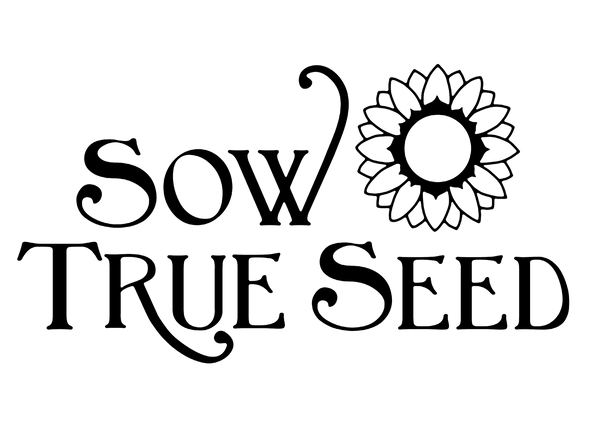Mustard Greens Seeds - Florida Broadleaf
$3.25
Brassica juncea
HEIRLOOM. A traditional Southern favorite with rich flavor, good yields, and vigorous growth. Large plants grow 16-22" with round leaves. Try the succulent white ribs for a crunchy spicy snack.- Planting Information
- Growing Information
- Seed Saving
| Average Seed / oz | Seed / 100' Row | Average Yield / 100' Row | Days to Harvest |
| 15000 | 3 gr | NA | 48 |
| Planting Season | Ideal Soil Temp | Sun | Frost Tolerance |
| All | 60-85°F | Full/Part | Moderately Tolerant |
| Sowing Method | Seed Depth | Direct Seed Spacing | Min. Seeds Per Packet |
| Transplant or Direct Seed | 1/4" | 1" | 400 |
| Mature Spacing | Days to Sprout | Production Cycle | Seed Viability |
| 4-8" | 3-12 | Biennial | 4-5 years |
Mustard greens grow best in moist, rich soil. To prepare the soil for planting, spread compost over the planting area, about 3 to 6 inches thick. Carefully turn the compost into the ground with a digging fork, loosening the soil.
Mustard greens thrive in cooler temperatures but do not grow well in summer. Aim to start seeds about four weeks before the last frost. The plants can tolerate frost, which actually contributes to a sweeter flavor to the greens and make them a tasty addition to your fall garden plantings, too.
Plant seeds just under the soil, about a half an inch apart. Once the seedlings sprout and grow their first leaves, gently unearth them and pull them apart into clumps. Replant the seedlings approximately 12 inches apart. While this replanting of the seedlings is not necessary, doing so will allow greens to grow faster and yield more.
Alternatively, you can start your seeds in pots inside for transplanting out, and in this case aggressive thinning isn’t needed.
Mustard greens require at least 1 inch, preferably 2 inches of water per week to thrive. Factoring in rainfall, make sure that they receive adequate hydration. Be sure to keep the soil evenly and consistently watered.
Carefully remove any weeds you see growing around your plants. While mustard greens do not require a lot of room to grow, the influx of weeds can cause unnecessary disturbance, particularly to fragile seedlings. To remove weeds, softly dig them out with your hands.
Mustard greens should be harvested when the leaves are still young and tender; older leaves will have a bitterer flavor. You can start to pick the leaves after 4 weeks, when they should be about 3 to 6 inches long. You can harvest greens by snipping off outer leaves from the plant, and then leaving it to continue growing. Alternatively, you can unearth the entire plant and harvest all of the leaves at once.
Mustard Greens, Brassica spp.
Pollination, insect; Life Cycle, annual; Isolation Distance, ½ mile
Although mustard will not cross with other Brassicae, there are many wild mustards in both the Brassica juncea (the greens we eat) and Brassica nigra (the seeds we eat) that grow all over North America that your seed plants will cross with. Isolation by space can be risky for this reason, a safer bet would be to bag your flowers or cage your plants. The seed pods mature from the bottom upwards and shatter easily, so it's best to cut the whole plant just before maturity and hand to dry in a cool, dry place. When whole plant is crispy-dry, thresh the seeds and winnow to clean.




